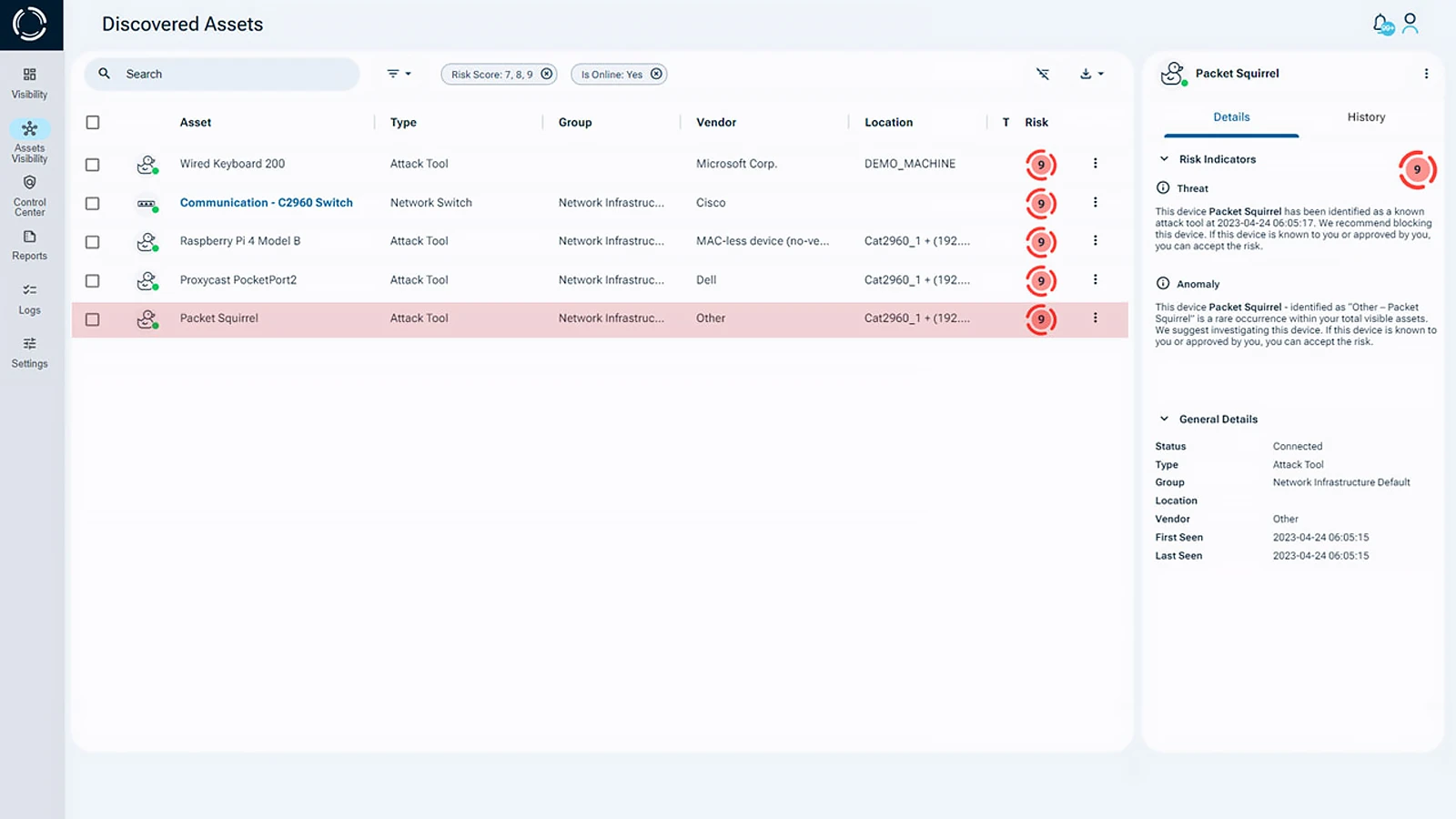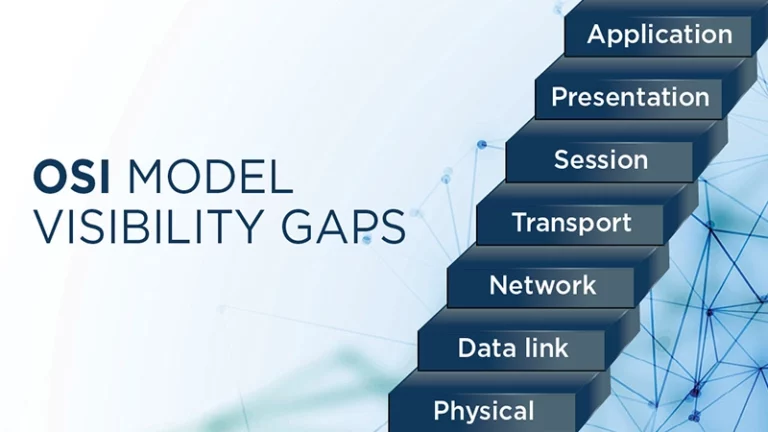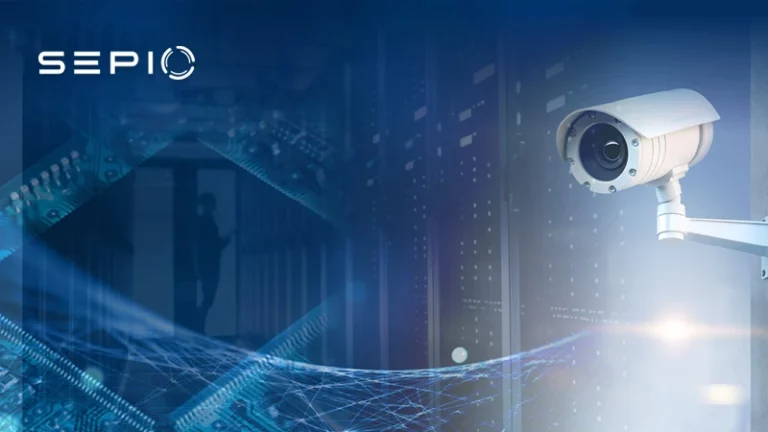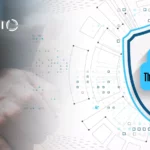What is Smart Building Cybersecurity?
Smart building cybersecurity is the practice of protecting the interconnected technologies and digital systems within modern buildings from cyber threats. As urban environments increasingly adopt Industry 4.0 principles, smart buildings utilize IoT devices and advanced technologies to manage functions like energy usage, access control, lighting, HVAC systems, and physical security. While these innovations improve efficiency and sustainability, they also introduce new vulnerabilities that cybercriminals can exploit.
Effective smart building cybersecurity involves securing all connected devices with authentication and encryption, continuously monitoring network activity, and ensuring secure data communication. It also includes educating staff and occupants on best practices to reduce human error, a common attack vector.
The impact of securing smart buildings extends beyond individual facilities. As these structures become integral to broader smart city ecosystems, strong cybersecurity helps safeguard public infrastructure, ensuring safer, more resilient, and trustworthy communities.
Smart Building Cybersecurity Risks
Smart building cybersecurity is a growing concern as these environments rely on IoT devices for seamless operation. However, this reliance also amplifies cybersecurity risks. Each connected device introduces a potential attack vector, and many IoT devices lack robust built-in security, making them prime targets for cyber threats. In a smart building, compromising a single device can trigger a cascading failure, jeopardizing the entire network and leading to severe operational and safety consequences (as illustrated by The Tale of Three Buckets).
What Are the Main Cybersecurity Risks in Smart Buildings?
One of the biggest challenges in smart building cybersecurity is the lack of visibility into IoT assets. An alarming 75% of organizations struggle to manage IoT risks due to limited asset visibility. Traditional security solutions like Network Access Control (NAC) and Intrusion Detection Systems (IDS) fall short because they lack Layer 1 visibility, which is essential for detecting hardware-based threats. NAC focuses on controlling device access based on policies, while IDS monitors network traffic for suspicious activity. However, neither can effectively identify rogue hardware devices that bypass software-based security measures. As a result, smart buildings remain vulnerable to attacks where unauthorized devices gain network access through physical manipulation, posing significant cybersecurity risks.
How Do Hardware-Based Attacks Target Smart Buildings?
For hardware-based attackers, smart buildings present an attractive target. Many IoT devices that are not 802.1X compliant can easily gain unauthorized network access by spoofing a legitimate MAC address, underscoring the urgent need for comprehensive smart building cybersecurity measures.
Furthermore, rogue devices require physical access, and the vast attack surface of a smart building provides ample opportunities for exploitation. Due to the high level of interconnectivity, a rogue device only needs access to one weak endpoint—often the most accessible one. From there, it can move laterally through the network undetected, leading to deep infiltration where all connected devices become vulnerable. This is a critical concern, as disruptive attacks such as ransomware and DDoS can cause IoT downtime, potentially rendering the building inoperable. The consequences extend beyond cybersecurity, impacting productivity, business continuity, and even physical safety.
Smart Security for Smart Buildings
Sepio’s platform addresses the root cause of smart building cybersecurity challenges: network asset visibility. Unlike traditional security solutions, Sepio leverages physical layer visibility to provide unparalleled asset awareness, going deeper than any other approach. By creating a digital fingerprint of all devices using multiple Layer 1 parameters and a unique machine learning algorithm, Sepio ensures ultimate visibility across IT, OT, and IoT assets, whether managed, unmanaged, or hidden.
This deep visibility enables Sepio to generate a comprehensive and accurate hardware asset inventory, seamlessly integrating with an enterprise’s Configuration Management Database (CMDB) for automated asset management. For smart buildings and their interconnected environments, complete asset visibility and automation are essential foundations for strengthening cyber hygiene and mitigating hardware-based security risks.

Zero Trust Hardware Access for Smart Building Security
Sepio’s Zero Trust Hardware Access (ZTHA) approach further enhances smart building cybersecurity by enforcing strict hardware access control policies. This framework ensures that even non-802.1X compliant devices, which often introduce security risks, are continuously monitored and managed. By leveraging real-time asset intelligence, Sepio detects unauthorized or anomalous hardware activity before it can pose a threat.
If a device violates security policies or is identified as malicious, Sepio’s automated mitigation process swiftly neutralizes the threat, preventing rogue devices from infiltrating the network. This proactive approach aligns with Zero Trust principles, ensuring that only verified and authorized hardware can operate within smart building infrastructures.
Enhancing Cybersecurity for Smart Buildings with Sepio
Effective smart building cybersecurity requires comprehensive asset visibility and control. Sepio’s patented technology empowers organizations with full hardware asset visibility, ensuring a secure and resilient infrastructure for smart buildings. By identifying and mitigating hardware-based threats, Sepio helps prevent unauthorized devices from compromising critical systems.
Schedule a demo to see how Sepio’s solutions can strengthen your smart building security, mitigate cybersecurity risks, and safeguard your interconnected environment.
Read the Smart Building Cyber Security white paper (pdf)





